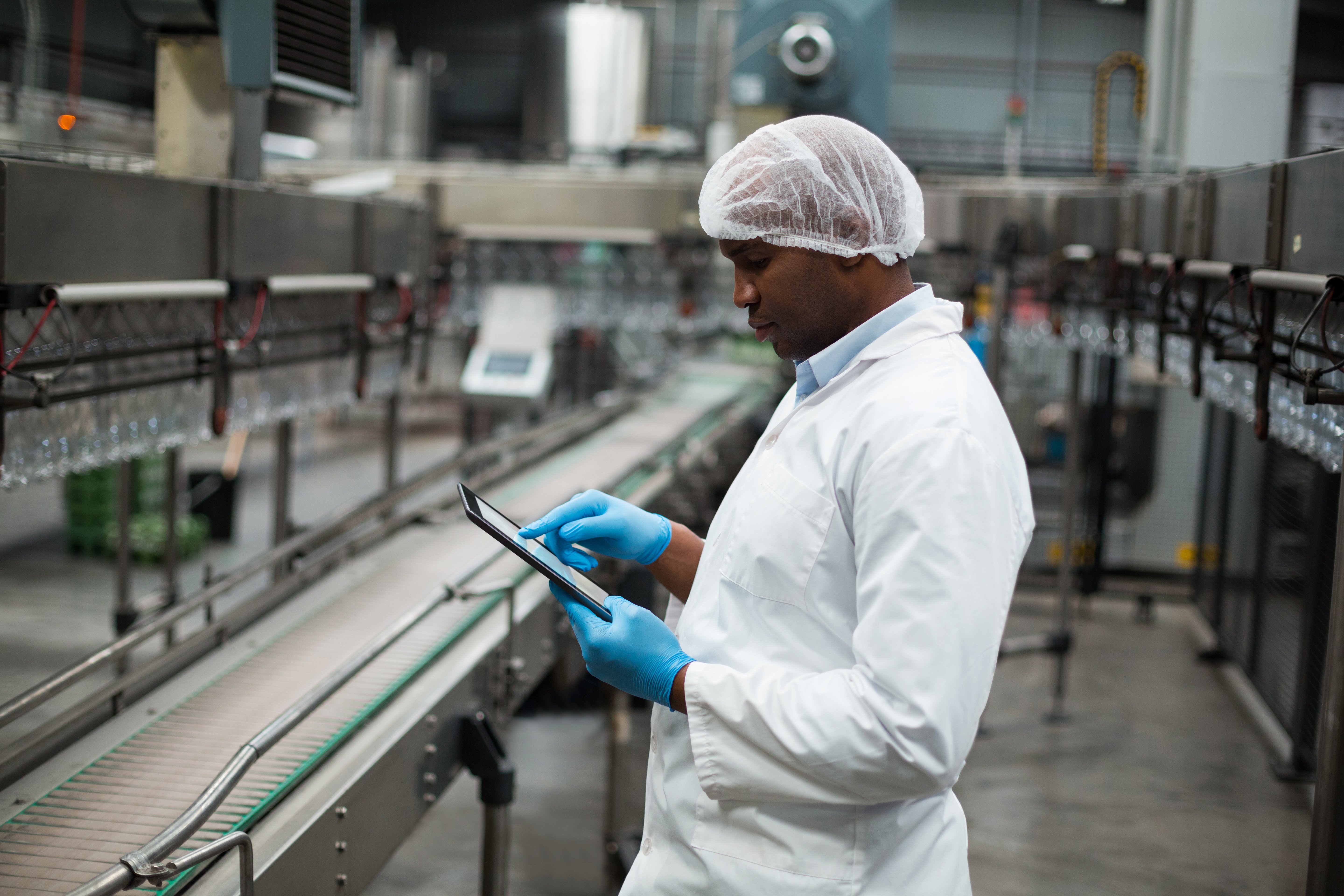
Manufacturing businesses can be hazardous working environments if dangers are not properly managed, posing a threat to both the safety of the employees and the profitability of the company. This is especially true of places like distilleries, where all activity carries with it a measure of attendant risk due mainly to the volatility of both the end product and its ingredients. Whilst businesses try to follow regulations to the best of their ability, their workers must still be ready to react to hazards at a moment’s notice. However, there are some safety precautions that can be instituted that minimise the threats to both staff and the business.
In order to set up and run a distillery, it is necessary to abide by stringent regulations that control the construction, arrangement and day to day operations of the facility in order to ensure it meets legal safety standards. It is common for HMRC and insurers to conduct inspections of the premises in order to both supervise the initial setup and to be certain that it is not subsequently changed. As well as governing the physical layout of the distillery, regulations also stipulate how and where work should be conducted, keeping manufacturing activities strictly separate in order to minimise the risk of a serious accident occurring. This involves clearly marking borders within the factory, beyond which certain substances and materials cannot be taken so as to avoid the risk of both contamination of the end product or a fire and explosion.
As mentioned, the most pressing hazard within a distillery is the risk of a fire breaking out. This is because the distillation process results in the production of a large amount of flammable gas and vapour, namely ethanol. If this gas builds up, it will only take a single spark to ignite it, potentially causing a catastrophic explosion that will consume the other ingredients as fuel and seriously damage or outright destroy the facility. Even the dust from grain and barley can be flammable, presenting a further risk if the proper safety precautions are not followed and it is improperly stored. Furthermore, a buildup of ethanol can incapacitate workers who inhale it, potentially causing impaired judgement (leading to further accidents), unconsciousness or even death.
The machinery itself can also present a hazard to workers, especially in larger plants, where large moving parts have the capacity to injure staff who get in their way. Also, there is a persistent risk of falling into the containment vessels and being unable to escape, resulting in death by drowning or crushing. As well as posing a danger to employees, this can also result in contamination of the product due to foreign objects falling into the ingredients, placing customers in danger. For this reason, a large emphasis is placed on the cleanliness of the workplace, with employees having to handle dangerous chemicals in order to make absolutely sure that the machinery is kept as clean as possible.
Observing basic safety procedures goes a long way towards avoiding many of the hazards listed above, but their importance goes a long way beyond simply avoiding scrutiny from regulatory authorities. Basic corporate social responsibility demands that manufacturers keep both their employees and the people living and working in the surrounding area safe from harm (such as that presented by an industrial explosion). Procedures include regular training for staff on both the technical detail of their jobs and health and safety, making sure that the facility is well ventilated to stop the buildup of ethanol vapour or dust from dried plant matter which could otherwise be a fire hazard and ensuring that management is properly monitoring production. By following proper procedures, distillery operators can protect their employees and neighbors from harm and also make sure that their business is protected from a liability standpoint. This also mitigates the effects that accidents can have on a company’s reputation, potentially driving customers or suppliers away and driving sales down. Less accidents also mean that excessive downtime is prevented, meaning that production can continue without a loss of stock or having to replace expensive equipment that may become damaged. That said, training and procedures can only go so far towards eliminating the risk posed by the threat of accidents.
In order to accomplish an even safer environment, however, companies need to look to technology and automation to solve many of these issues. An automated alarm system can help substantially with this, by minimising human exposure to danger by using sensors to remotely monitor the distillation process. These sensors can feed precise data back to a protected central control room, where plant operators can schedule maintenance or direct staff to deal with a problem as needed. However, the alarm system can automate a good deal of these tasks by integrating with existing infrastructure such as smartphones and personal computers to notify technicians as soon as an issue is flagged, freeing operators to concentrate on more complex tasks. By using a clear system of pre-loaded notifications and responses, the alarm system can effectively keep track of issues as they arise and are dealt with, ensuring that a timely response is mounted. In the event of a serious incident such as a fire, the system can automatically notify emergency services and warn personnel to evacuate the area, all whilst saving data to a centralised system for analysis after the fact.
However, ANT also provides solutions that allow two-way communication, with a particular focus on ensuring that lone workers are equipped to deal with an emergency. Things such as a mobile personal emergency response device can be used to summon help at the touch of a button, using existing mobile phone and wifi networks to contact the alarm system, which can then make sure other staff are informed of an accident via those same channels and also activate warning sirens or halt production as necessary. This cuts down on response times and drastically improves the chances of a worker walking away from an accident without serious injury. Overall, such alarm systems enhance existing safety precautions without necessitating large spending on new hardware or training, allowing companies to operate more efficiently and enhance their safety at the same time.





